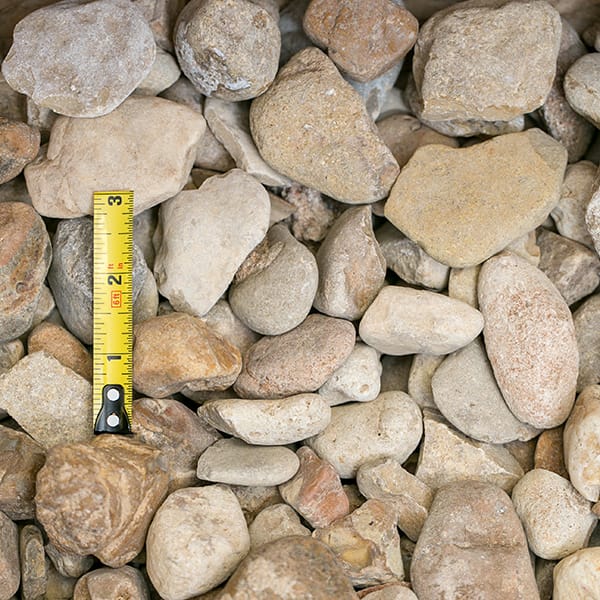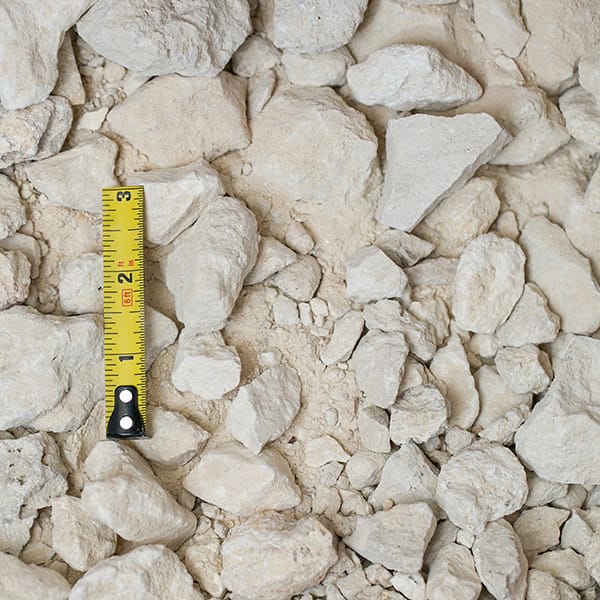Chinquapin Oak
By Innovation Grounds
The Chinquapin Oak (Quercus muehlenbergii) is a species of oak tree native to the central and eastern United States.
1. Botanical Description:
- Common Names: Chinquapin Oak, Yellow Chestnut Oak, Bush Oak
- Family: Fagaceae (oak family)
- Genus: Quercus
- Species: muehlenbergii

2. Physical Characteristics:
- Size: This oak can grow to be a medium to large deciduous tree, typically reaching heights of 40–60 feet (12–18 meters), with some specimens growing up to 80 feet (24 meters). Its spread is usually 40–50 feet (12–15 meters).
- Trunk and Bark: The trunk of the Chinquapin Oak is straight, with a smooth, grayish bark when young that becomes rougher and darker with age. Older bark develops deep furrows and scaly ridges.
- Leaves: The leaves are simple, alternate, and typically 4–8 inches (10–20 cm) long. They resemble those of the chestnut tree, with 7–11 deep, broad lobes and a sharp, serrated edge. The leaves are dark green and shiny on the top, lighter underneath, and turn yellow or orange in fall.
- Acorns: The acorns are small, about 1–1.5 inches (2.5–4 cm) long, with a shallow cup that covers about one-third of the nut. They are an important food source for wildlife like squirrels, birds, and deer.
- Flowers: The flowers are small, inconspicuous catkins (male) and clusters (female), typically appearing in late spring.

3. Habitat & Distribution:
- Native Range: The Chinquapin Oak is native to the central and eastern United States, primarily found in parts of the Midwest, Great Plains, and the eastern U.S., particularly in states like Kentucky, Tennessee, Missouri, and Arkansas.
- Preferred Habitat: It grows well in well-drained soils, often found on limestone hillsides, rocky ridges, and dry uplands. It thrives in areas with full sun to partial shade and is tolerant of drought once established.

4. Growing Conditions:
- Soil Requirements: Prefers deep, well-drained soils that are slightly acidic to neutral. It can tolerate dry, rocky, or clayey soils and is moderately drought-tolerant once established.
- Watering: While young trees need regular watering, mature Chinquapin Oaks are quite drought-tolerant and can survive with minimal water during dry spells.
- Sunlight: Full sun to partial shade. The tree prefers full sun for optimal growth but can tolerate some shade, especially when young.
- Hardiness Zones: USDA hardiness zones 4–8.

5. Growth Rate:
The Chinquapin Oak is considered a medium to fast-growing tree. In ideal conditions, it can grow around 1–2 feet (30–60 cm) per year.

6. Wildlife Benefits:
- Food Source: The acorns are a valuable food source for many species of wildlife, including squirrels, deer, birds, and even some mammals like raccoons.
- Habitat: It provides shelter and nesting sites for various bird species and small mammals, adding to its ecological value.

7. Uses:
- Wood: The wood of the Chinquapin Oak is dense, hard, and durable, making it useful for furniture, cabinetry, flooring, and even construction. It is often used for making railroad ties and barrels.
- Landscaping: While not as commonly planted as other oaks like the Red Oak, the Chinquapin Oak is an excellent shade tree for larger properties and parks. Its attractive foliage and moderate size make it suitable for urban landscaping in areas with enough space.

8. Pests and Diseases:
- Pests: The Chinquapin Oak is susceptible to common oak pests such as oak wilt, leaf spot, and aphids, though it is generally a hardy species.
- Diseases: Like other oaks, it can be affected by oak wilt, which is a fungal disease that affects the vascular system of the tree, causing wilting and premature leaf drop. The tree is also susceptible to mildew, root rot, and gall wasps.

9. Conservation Status:
The Chinquapin Oak is not currently listed as a threatened or endangered species and is generally not of concern. However, like many native trees, it faces challenges from urbanization, habitat destruction, and invasive species.

10. Cultural Significance:
- In addition to its ecological and economic uses, the Chinquapin Oak is valued for its beauty, particularly during the fall when its leaves turn vibrant shades of yellow and orange.
- The species’ name “muehlenbergii” honors the botanist Gotthilf Heinrich Ernst Muhlenberg, who was influential in early American botanical studies.

11. Interesting Facts:
- The Chinquapin Oak is sometimes confused with the Chestnut Oak (Quercus prinus), due to similarities in leaf shape, but can be differentiated by the shape of the acorns and the bark of the tree.
- It’s often considered more adaptable and tolerant of poor soil conditions than some other oak species.
This tree is a beautiful and valuable addition to native landscapes and provides a wealth of benefits to local ecosystems. It’s particularly appreciated for its drought tolerance, providing a sustainable option for urban landscaping in regions that experience dry conditions.


